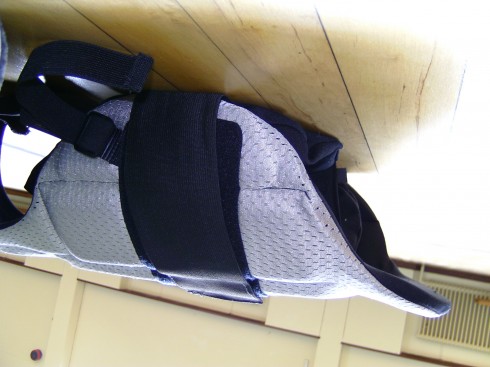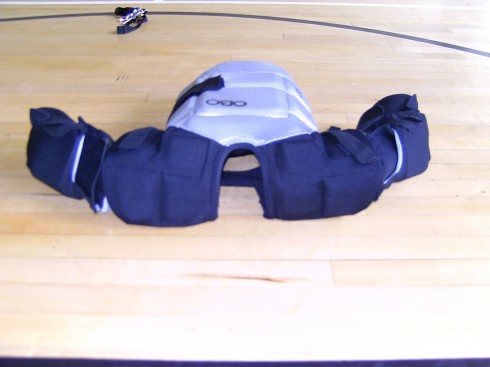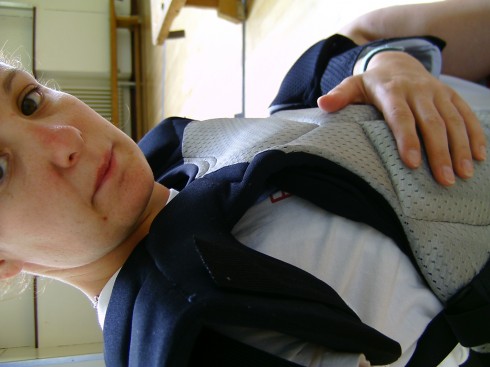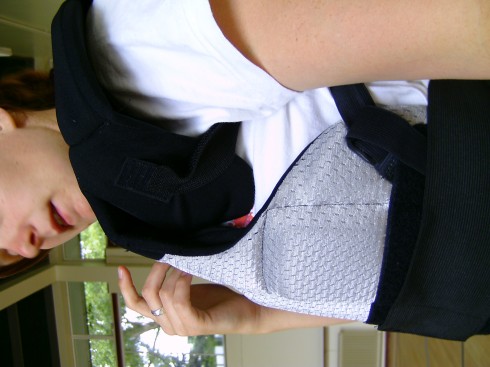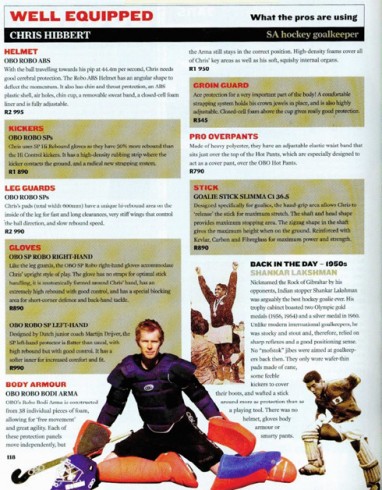Yes yet another review from me!
This time however I’m going to review my Obo Robo Hotpants!!!
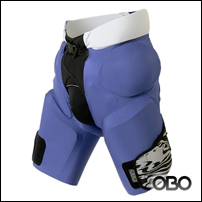
Before I got these pants I was using my clubs (So ice hockey brand that I can’t remember)
And will if I may they were RUBISH! (Compared to the hot pants)
They were heavy, loose around the thighs, the system for tightening the waist loosed and even when it was tight enough to stay up, it hurt!
They only offered protection to your thighs leaving your hips and parts of your groin that the cup doesn’t cover open.
This though is a thing of the past with my Hot-Pants!
They first few things I noticed when I took them out of the box was the same nifty buckle on the belt as is on the leg guards and robo kickers meaning no more loosing!!!!And plenty of padding between you and the belt (One problem solved instantly!)
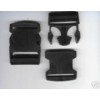
I also noticed the Velcro straps for the thighs meaning you could tighten them eliminating the annoyance of them flapping about and getting caught as you run out to cream somebody.(Yet another problem solved)

And the big cup like pads for your hips meaning lots of protection from shots and less pain when sliding and diving.( all four of my major problem with my old pants solved)

On further examining I found that the inner leg which is often hit was also covered!
There is a gap for your cup, making them more comfortable.

They offer Brilliant protection and I must emphasise BRILLIANT!!
And I have proof.
One day in training one of the coaches (David Hobbes 120+ Ireland International. Still playing)
He was warming me up. We had done the pushing, flicking, slapping and were about to move on to hits. I had just kicked the last of the balls over to him and was waiting for it to begin. I had just said Okay Go!
When one of the bungle out field players calls me to pass them a ball,
As is natural I looked over to see who it was and WHACK!!!
I get a full force strike from the man himself straight into the thigh!
As I was off balance I fell back onto the ground much to the amusement of the other goalie and some of the outfielders.
When I had come back to my senses I noticed it DIDN’T hurt one bit!( thinking back to it now I was lucky I didn’t have my old ones as the ball would have probably gone through my leg! haha
And so ends my story.
I’ve been hit in the leg a few times with no pain whatsoever but this one sticks in my head.
All in all Robo hot pants are Amazing and if you’re willing to spend a bit extra.
Do as I have never had a single flaw.
Please leave a comment!
Thanks
James

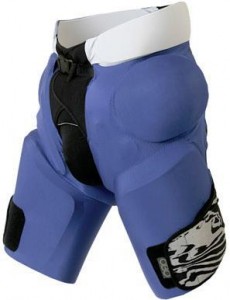
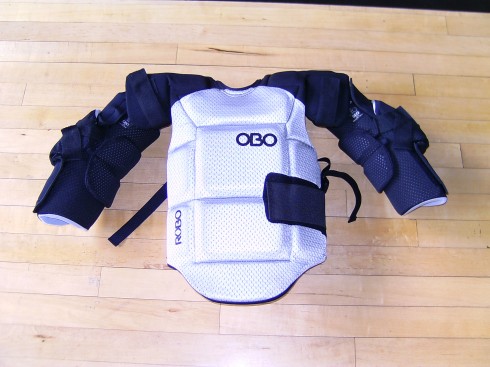 My Robo Bodi Arma
My Robo Bodi Arma
